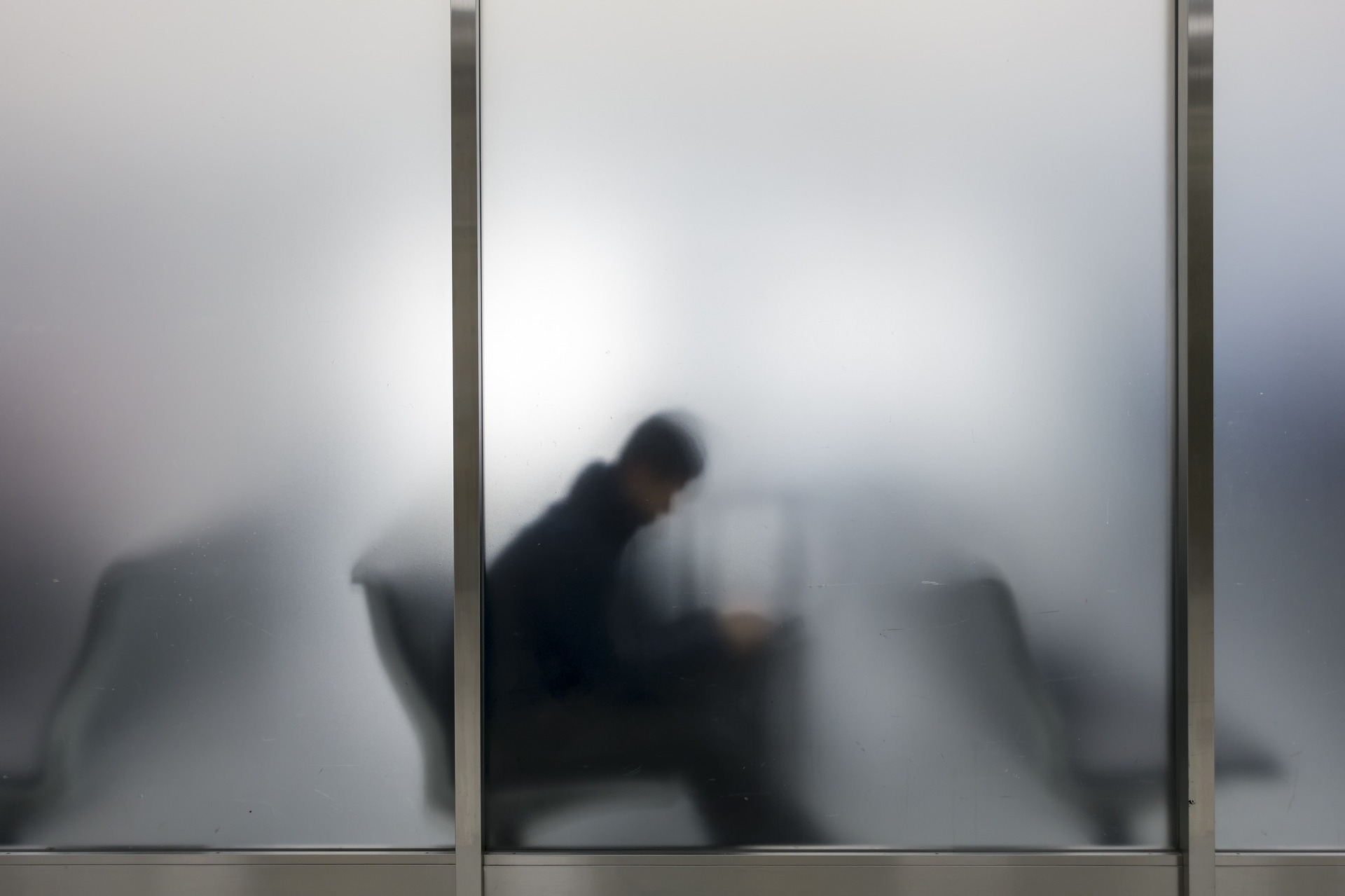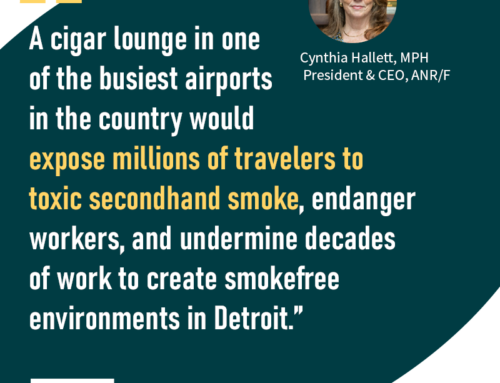On November 20, 2012, the U.S. Centers for Disease Control and Prevention (CDC) issued a report in the Morbidity and Mortality Weekly Report, titled “Indoor Air Quality at Nine Large-Hub Airports With and Without Designated Smoking Areas- United States, October-November 2012.” It found that ventilated rooms and designated smoking areas in airports are not effective in fully eliminating exposure to secondhand smoke. The air pollution inside the smoking areas was 23 times higher than levels in smokefree airports, and that the air pollution levels from secondhand smoke outside the smoking areas were five times higher than levels in smokefree airports.
A previous CDC report in November 2010 found that most large U.S. airports were smokefree thanks in large part to local and statewide smokefree laws and airport authority policies. However, the study, “Smoking Restrictions in Large-Hub Airports – United States, 2002-2010,” also shows that millions of passengers and thousands of airport workers are still being needlessly exposed to serious health hazards because of the ongoing indoor smoking in a handful of major hub airports.
Just as flight attendants deserve smokefree workplace in the sky, airport and flight crews deserve the right to breathe smokefree air too, and shouldn’t have to choose between their health and a paycheck.






